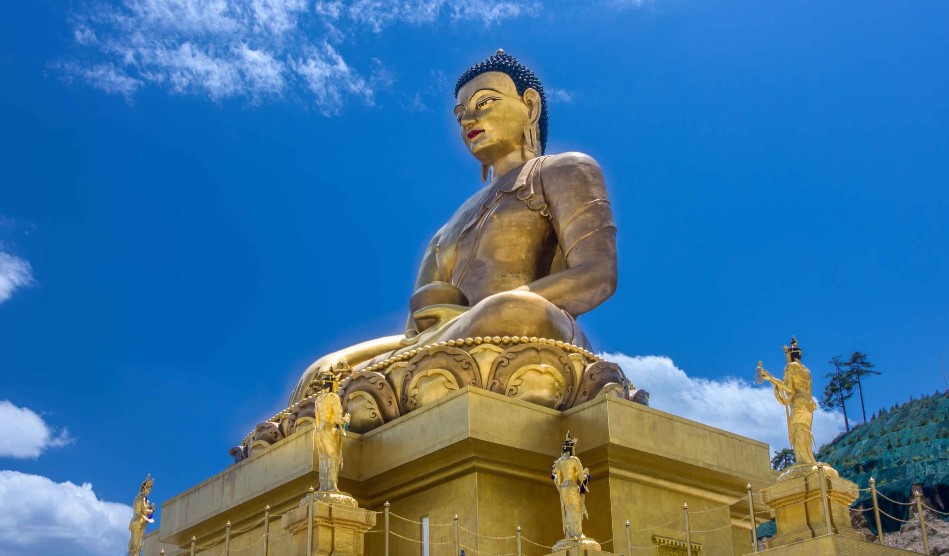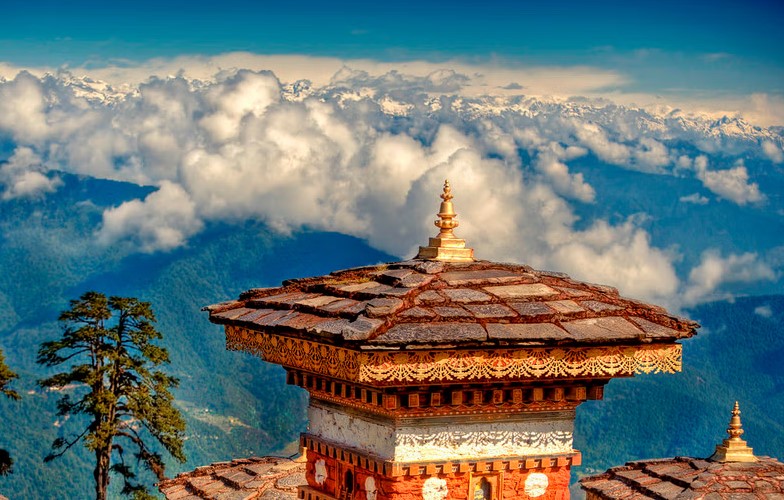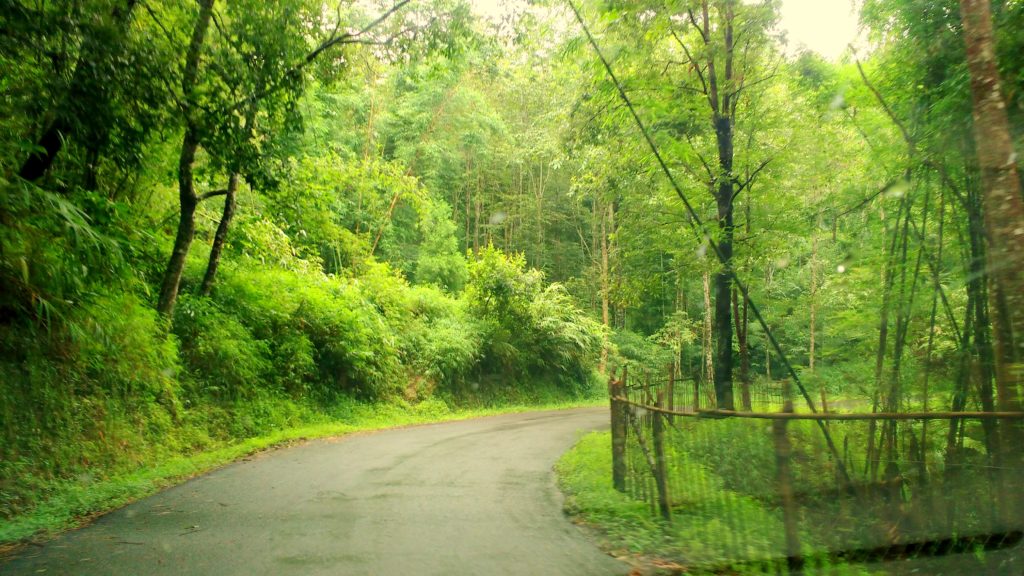
Nestled in the serene landscapes of Thimphu, Bhutan, Simtokha Dzong stands as a testament to the rich cultural heritage and architectural brilliance of the region. This ancient fortress-monastery, believed to be the first of its kind built in Bhutan, holds a profound historical significance dating back to the early 17th century.
With its intricate design, ornate decorations, and religious relics, Simtokha Dzong serves as a spiritual and cultural hub for locals and a captivating attraction for visitors from around the world.
Join us on a journey to explore the wonders of Simtokha Dzong and unravel the mysteries that lie within its sacred walls.
Introduction to Simtokha Dzong
Simtokha Dzong stands as a captivating testament to Bhutanese history and culture, nestled in the serene surroundings of Thimphu, Bhutan’s capital city.
Historical significance of Simtokha Dzong
Origins of Simtokha Dzong
Built in 1629 by Zhabdrung Ngawang Namgyal, the unifier of Bhutan, Simtokha Dzong holds the distinction of being the first Dzong constructed in Bhutan.
Key historical events at Simtokha Dzong
Throughout its history, Simtokha Dzong served as a crucial stronghold during various conflicts in Bhutan. It also played a significant role in preserving Bhutanese traditions and heritage.
Architectural features of Simtokha Dzong
Design and layout of the Dzong
Simtokha’s architecture showcases classic Bhutanese design, characterized by intricate woodwork, whitewashed walls, and towering fortifications that reflect the nation’s rich architectural heritage.
Decorative elements and symbolism
The Dzong’s interior is adorned with vibrant murals depicting Buddhist deities and intricate patterns symbolizing spiritual teachings, offering visitors a visual feast steeped in cultural significance.
Religious and cultural importance of Simtokha Dzong
Role of Simtokha Dzong in Bhutanese culture
Simtokha Dzong holds a revered place in Bhutanese cultural identity, serving as a hub for religious ceremonies, cultural events, and educational activities that uphold the country’s traditions.
Significance of the religious relics housed in the Dzong
The Dzong houses sacred relics and artifacts that are integral to Bhutanese religious practices, making it a revered pilgrimage site for locals and a fascinating cultural landmark for visitors exploring Bhutan’s spiritual heritage.
Visiting Simtokha Dzong: Tips and recommendations
Best times to visit
The best times to visit Simtokha Dzong in Thimphu, Bhutan, are during the spring months of March to May and the autumn months of September to November. The weather is pleasant, and you’ll get to enjoy the beautiful surrounding landscapes without the summer rains or winter chill.
Dress code and etiquette
When visiting Simtokha Dzong, it’s important to dress modestly and respectfully. Both men and women should wear clothing that covers their shoulders and knees. Remember to remove your shoes before entering the temple areas and be mindful of your actions to show respect to the local customs and traditions.
Exploring the surrounding area of Thimphu, Bhutan
Other attractions near Simtokha Dzong
While in Thimphu, make sure to explore other nearby attractions such as the Buddha Dordenma Statue, Tashichho Dzong, and the National Memorial Chorten. Each of these sites offers a unique glimpse into Bhutanese culture and history.
Local eateries and markets
After a day of exploring, don’t miss the chance to indulge in local Bhutanese cuisine at eateries around Simtokha Dzong. Try dishes like Ema Datshi (spicy chili and cheese), Phaksha Paa (pork with red chilies), and Momos (dumplings). For souvenirs and local products, browse through the markets in Thimphu for handicrafts, textiles, and other unique finds.
How to get to Simtokha Dzong
Transportation options
To reach Simtokha Dzong, you can hire a taxi, use public transportation, or rent a car if you prefer more flexibility. The Dzong is located just a short drive from Thimphu city center, making it easily accessible for visitors.
Guided tours and independent travel
If you prefer a more structured experience, consider joining a guided tour to Simtokha Dzong where knowledgeable guides can provide insights into the history and significance of the site.
For independent travelers, maps and directions are readily available, allowing you to explore at your own pace.
Conclusion: The allure of Simtokha Dzong
Simtokha Dzong, with its rich history and serene surroundings, offers visitors a glimpse into Bhutan’s cultural heritage. Whether you’re admiring the intricate architecture, learning about Buddhist traditions, or simply enjoying the peaceful ambiance, a visit to this ancient fortress is sure to leave a lasting impression.
As you conclude your visit to Simtokha Dzong, the echoes of history and spirituality linger in the air, leaving a lasting impression on your soul.
The allure of this ancient fortress-monastery, with its architectural splendor and cultural significance, will continue to beckon travelers seeking a deeper connection to Bhutan’s rich heritage.
Whether you came for the history, the architecture, or the spiritual aura, Simtokha Dzong offers a glimpse into a world where the past intertwines seamlessly with the present, creating a truly unforgettable experience for all who venture within its sacred walls.
FAQs
1. Can visitors enter Simtokha Dzong?
2. What is the dress code for visiting Simtokha Dzong?
3. Are there guided tours available at Simtokha Dzong?








